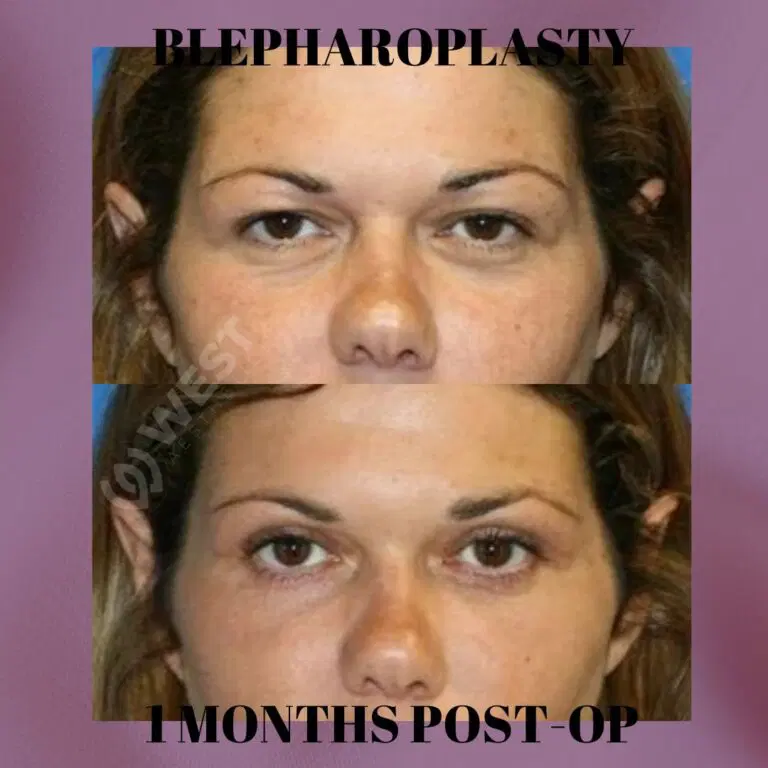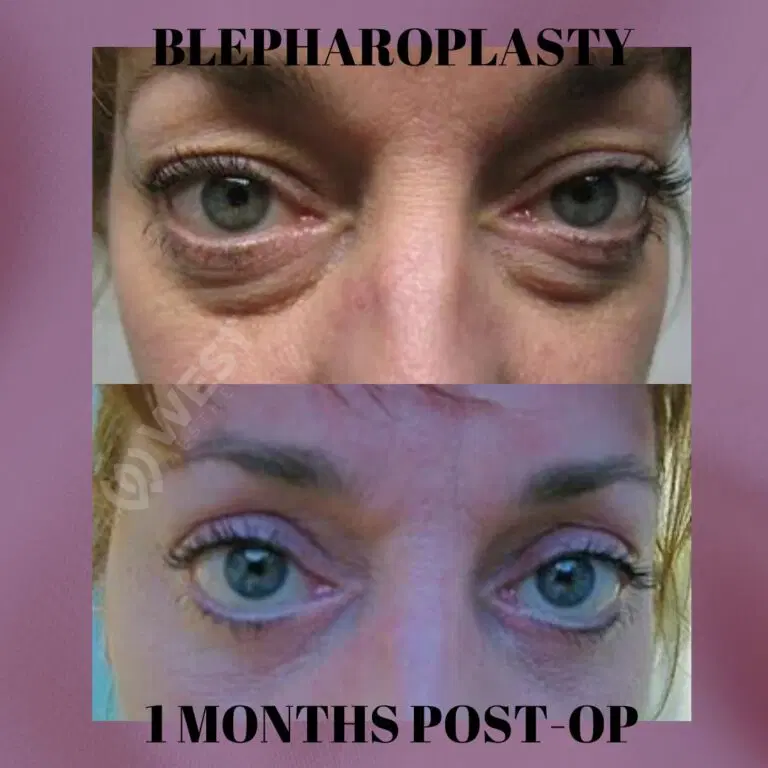Eyelid Surgery Turkey (Blepharoplasty)
Eyelid lift surgery, or blepharoplasty, is a surgical procedure to remove excess skin or fat from the eyelids. The aim of the treatment of droopy eyelids is to correct the drooping and low-looking eyelid and make it more aesthetic. In eyelid aesthetics, eye bags are also intervened if necessary. Removal of under-eye bags, or in other words, bag aesthetics, makes your under-eye look flatter and smoother.
Thanks to this surgery to reshape your eyelids, the quality of vision of people increases and they begin to see healthier. At the same time, after eyelid aesthetics, your eyes appear larger, the lines around the eyes are reduced and the problem of bagging on the lower eyelid is eliminated.
Average Length of Stay:
0 Days
Hospitalisation:
0 Day
Duration of Operation:
1 – 2 Hour
Anesthesia Type:
Local Anesthesia
Healing Process:
1-2 weeks
Why does the eyelid droop?
Eyelid drooping occurs with age-related relaxation of the muscles and loss of elasticity of the skin. As the skin begins to sag, folds appear in the upper eyelid and dimples in the lower eyelid. In advanced cases, eyelid drooping affects the vision of the person or excess skin may hang over the eyelashes of the person. The reason for eye bags seen in some people is that the muscle under the skin relaxes and the fat pads in the eyeballs are allowed to bulge forward to reveal swelling. This condition can also be seen genetically in some people.
Wrinkles and sagging around the eyes may be more pronounced, especially after stress, intense work and lack of sleep. This is because when the person stands upright, the fluid that is normally distributed throughout the body tends to settle in areas where the skin is loose, such as the eyelids, when the person is lying down.
How is eyelid surgery done?
Blefaroplasti Blepharoplasty (eyelid surgery) is usually completed under local anesthesia. If the patient will have combined surgeries other than eyelid aesthetics, general anesthesia may be more appropriate.
The eyelid consists of skin, muscle, fascia and fat packs. Unlike these, there are inner and middle fat packs and lacrimal glands in the upper eyelid. In the lower eyelid, there are inner, middle and outer fat packs.
The eyelid of the patient is anesthetized with local anesthesia in order to correct the drooping of the upper eyelid and to give the patient a younger eye shape. Excess skin and muscle are cut and removed in a way that is most suitable for the patient’s eye structure. In some cases, if the patient’s fat pads are more than normal, these fats are also removed to give the patient a younger and tighter eyelid. If you want to give your eyes an almond eye shape, you can have them combined with almond eye aesthetics. Eyebrow lifting and face lift surgeries can also be combined with eye aesthetics to give the face a younger and more dynamic appearance.
In order to remove the sagging of the lower eyelid and under-eye bags, an incision is made under local anesthesia, just below the lower eyelashes. By entering through this incision, the fat packs on the lower eyelid are repositioned, and excess fat is removed if needed. If the lower eyelid of the person is very drooping, this also affects the cheek appearance of the patient. For this reason, you can combine lower eyelid aesthetics with mid-face lift surgery.
Will there be any scars after eyelid aesthetics?
In this surgery for eyelid lift and eyelid lift, scars are hidden between the folds of the eyelid. There is no obvious scar after the operation. The surgical scar on the lower eyelid is hidden under the eyelashes, making the patient look more aesthetic.
Healing process after eyelid surgery
Upper eyelid aesthetics takes an average of 1 hour. Lower eyelid aesthetics can take up to 1.5 hours depending on the situation. You can be discharged the same day after the surgery. Usually the healing process is complete within one to two weeks. In order to reduce the edema in your eyes, you should use a pillow while lying down and make sure that your head is always elevated. One week after the surgery, your stitches are removed.
What is Eyelid Aesthetics?
It is the process of removing the deformations in and around the lids and at the same time transforming the eye into a more aesthetic one.
Can Anyone Have Eyelid Aesthetics?
Anyone who needs it or wants to transform the eye lines into a more aesthetic one can have this procedure done.
Is there an age limit for Eye Aesthetics?
Since problems such as eyelid drooping and under-eye bags begin at later ages, these surgeries are generally applied after the age of 35.
What is Upper Eyelid Aesthetics?
Upper eyelid aesthetics is an operation that is usually performed on people who have drooping and droopy eyelids, and who are at risk of vision loss due to excess skin.
How Many Hours Does Upper Eyelid Aesthetics Last?
Upper eyelid aesthetics takes an average of 20 minutes.
With Which Anesthesia Is Upper Eyelid Aesthetics Performed?
Upper eyelid aesthetics can be performed under local or general anesthesia depending on the patient’s condition and the doctor’s joint decision with the patient.
When to Discharge After Upper Eyelid Aesthetics?
The important thing here is the condition of the patient and the type of anesthesia. Patients with local anesthesia are discharged immediately after the procedure. Procedures performed with general anesthesia take a little longer. Here, too, they are usually discharged on the same day.
Do I Feel Pain During Upper Eyelid Aesthetics?
You will not feel any pain or ache during the procedure.
Does a person who has Upper Eyelid Aesthetics Have Eyelids Again?
Eyelid drooping is usually due to aging. You have to gain and lose excess weight to get it back to its original state.
Will I Have Stitches On My Eye After Upper Eyelid Surgery?
No, it won’t. The incisions and stitches are hidden inside the upper eyelid. Aesthetic stitching is done.
Eyelid skin is the thinnest and most unique tissue in the body. When the excess is removed, it is difficult to find a similar tissue to replace it. It should be emphasized that the first operation of the patient is his only chance and that it should be done carefully in competent hands.


